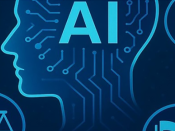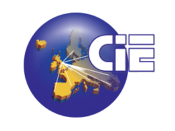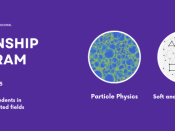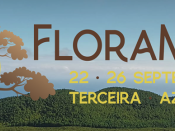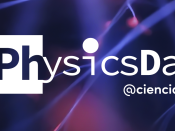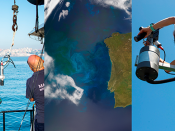Jean-Pierre Bourguignon
CNRS-IHÉS
For almost a century spinors and Dirac Operators play a central role in Physics. It took more time for them to play a similar role in Mathematics, although the algebraic concept was first identified by Élie Cartan in 1913, exactly a century ago.
It is Paul-Adrien-Maurice Dirac who used them in his famous formulation of a relativistically invariant equation for the quantum motion of the electron, in which one has to replace the usual wave function by a spinor field.
The generalization to a general geometric setting is again due to Élie Cartan in the 1930s. It was further clarified and systematized by Michael F. Atiyah and Isadore M. Singer in the early 60s, in the context of their study of the Index Theorem. In order to make sense of them, one has to fix a metric, something that is part of their interest but also the source of some awkwardness in their use.
Two basic differential operators are universally defined on them, the Dirac operator and the twistor operator. Spinor fields satisfying special properties with respect to these operators lie at the heart of the study of spinors and their use.
The purpose of the two lectures is to present the general context in which spinor fields and Dirac operators play a role in Geometry, and then to review recent results about their use as tools to study Riemannian geometry, emphasizing the dependance of these objects on the metric.
Spectral estimates come up naturally as questions of interest. Results related to the existence of harmonic spinors, and more special ones, such as Killing spinors (the mathematical version of supersymmetries), will also be highlighted.


